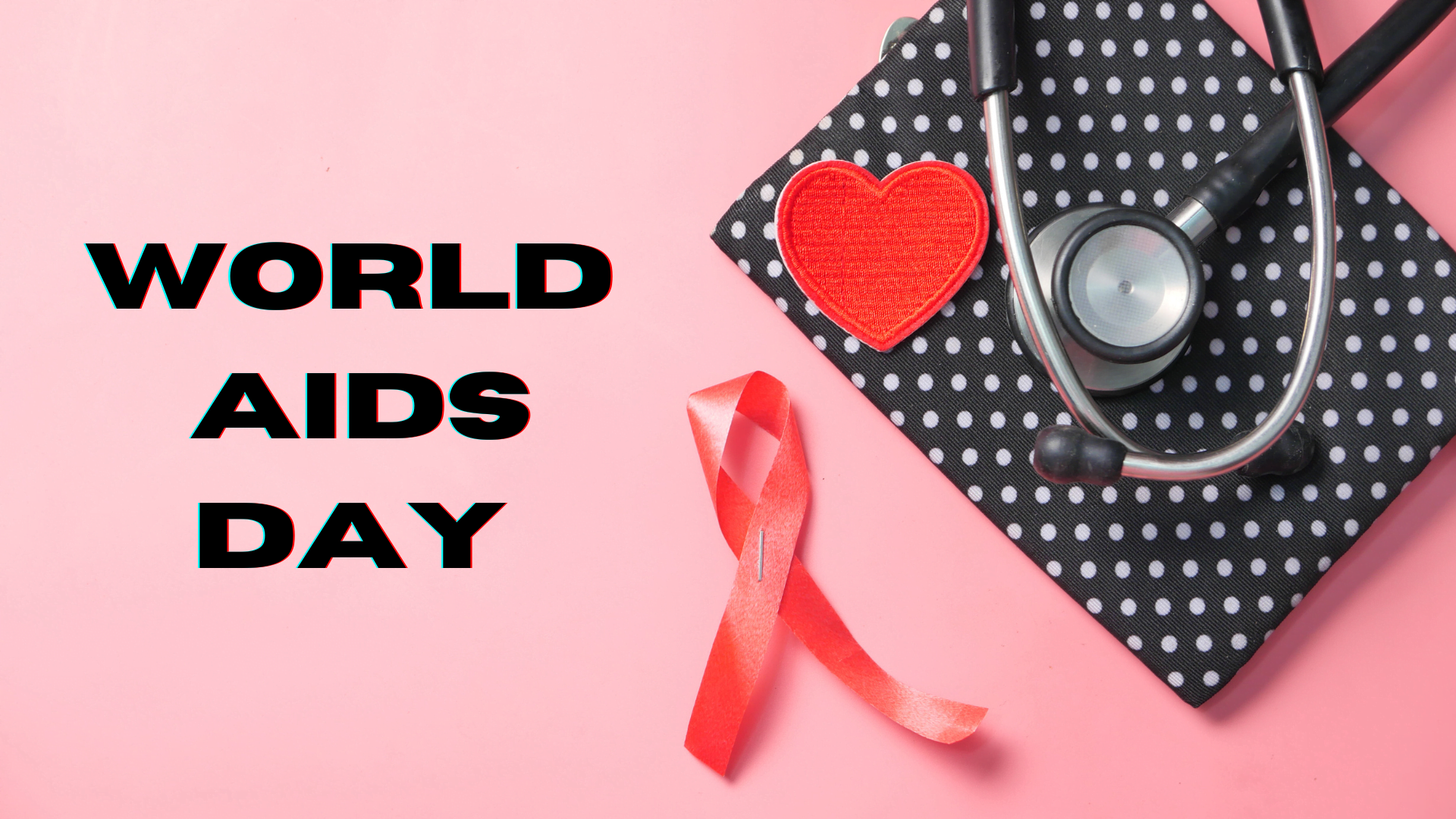Since 1988, the world has celebrated World AIDS Day on December 1st as a way to mourn those who have died from the disease and to raise awareness of the AIDS pandemic caused by the spread of HIV infection.
The human immunodeficiency virus (HIV) is the primary cause of acquired immunodeficiency syndrome, also known as AIDS. The patient becomes more vulnerable to other ailments as a result of this virus’s targeting and weakened immune system. On this day, people from all around the world, including NGOs, government representatives, medical professionals, and regular citizens, unite to increase awareness of AIDS prevention and control.
Let’s Look into the History
World AIDS Day was first conceived in August 1987 by public information officials James W. Bunn and Thomas Netter at the World Health Organisation in Geneva. Dr. Jonathan Mann, the Director of the Global Programme on AIDS (now UNAIDS), heard their suggestion and approved it, establishing December 1, 1988, as the inaugural commemoration. Former TV journalist Bunn purposefully selected this date, after the US elections but before the Christmas holidays, to optimise worldwide media coverage.

The early themes of World AIDS Day, which were first focused on children and young people, drew criticism for possibly ignoring the fact that HIV affects people of all ages. Nonetheless, this strategy served to lessen stigma and draw attention to the illness as a family issue. UNAIDS assumed responsibility for the planning of World AIDS Day in 1996. In 1997, the World AIDS Campaign was launched to provide continuous outreach, education, and prevention throughout the year. The World AIDS Campaign gained its independence by 2004.
Also Read About Constitution Day 2023
Popes have wished everyone a happy World AIDS Day since 1988. HIV/AIDS-related non-governmental organisations (NGOs) pushed for the day’s renaming to World HIV Day in 2016, with a focus on social justice and therapeutic achievements.
In order to demonstrate the US’s commitment to halting the worldwide AIDS epidemic through initiatives like PEPFAR, the White House began putting up a 28-foot AIDS Ribbon on the North Portico in 2007. President George W. Bush started this custom, which has continued through succeeding administrations. It was started by White House assistant Steven M. Levine.
US presidents have formally declared World AIDS Day since 1993. President Donald Trump declared December 1st to be World AIDS Day on November 30, 2017.
The theme of this year is Let Communities Lead .
Main Goal of World AIDS Day
The dissemination of information is the main goal of World AIDS Day initiatives. Every nation takes the lead in creating and arranging its own programme for the day; others choose to run campaigns that go for a week. In addition, a great deal of countries and cities hold ceremonies to officially launch World AIDS Day events on a global, national, and local scale. For example, the president of the United States makes a yearly proclamation, and health ministers in nations like South Africa, Bermuda, and Brunei give annual speeches to draw attention to AIDS-related issues.
Activities on World AIDS Day typically include a range of events, including talks, debates, concerts, marches, memorials for people who have died from AIDS, and memorials. A well-known global emblem linked to the occasion is the red ribbon, worn as a noticeable.The red ribbon is a well-known global emblem linked with the day, worn as a visible commitment to support the ongoing battle against AIDS. The AIDS Memorial Quilt is a moving emblem in the United States honouring those who have lost their lives to AIDS. On World AIDS Day, pieces of this quilt are displayed in a number of the nation’s villages and cities.
United in compassion, let’s break the silence and stigma surrounding HIV/AIDS, and work together for a world free from discrimination and full of support on this World AIDS Day.